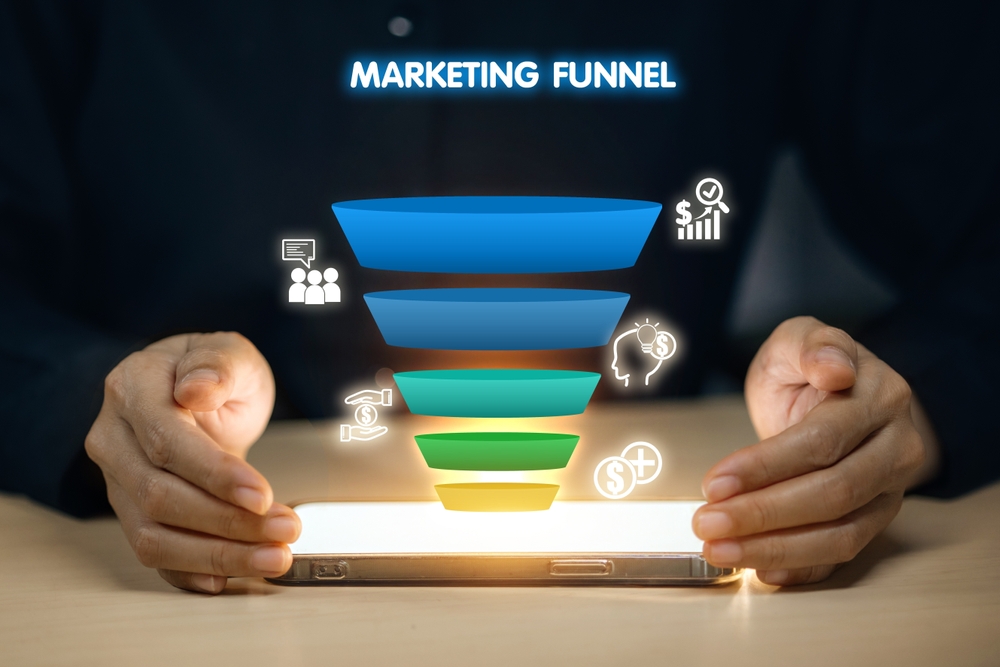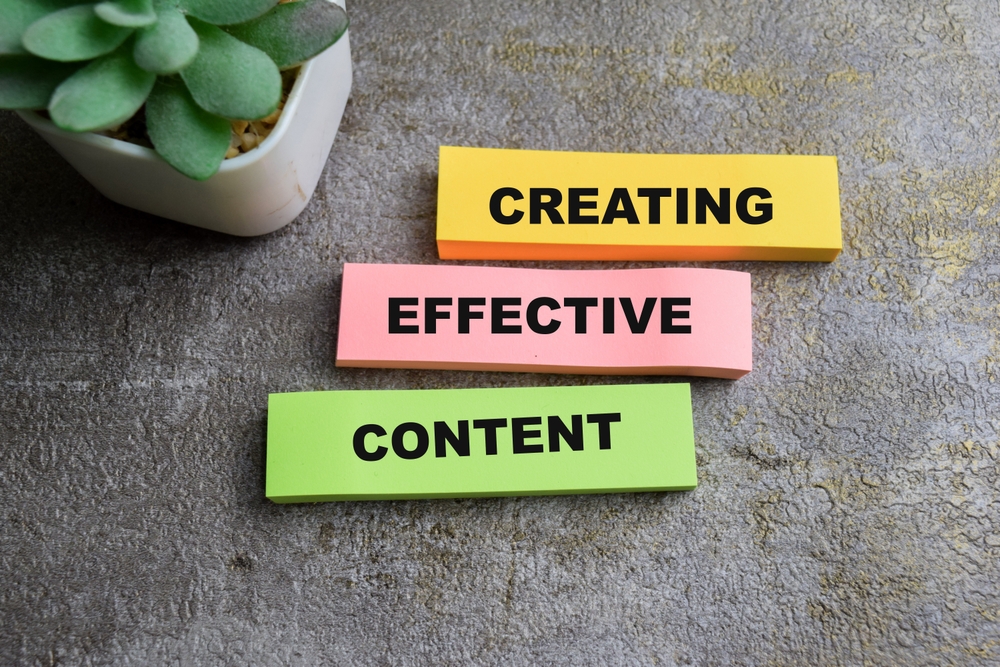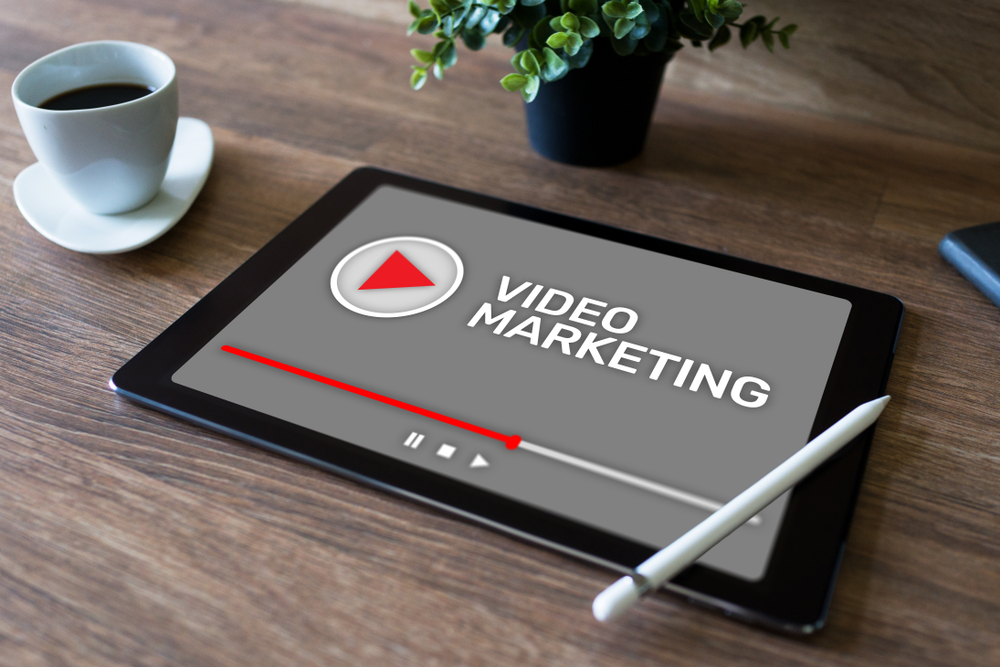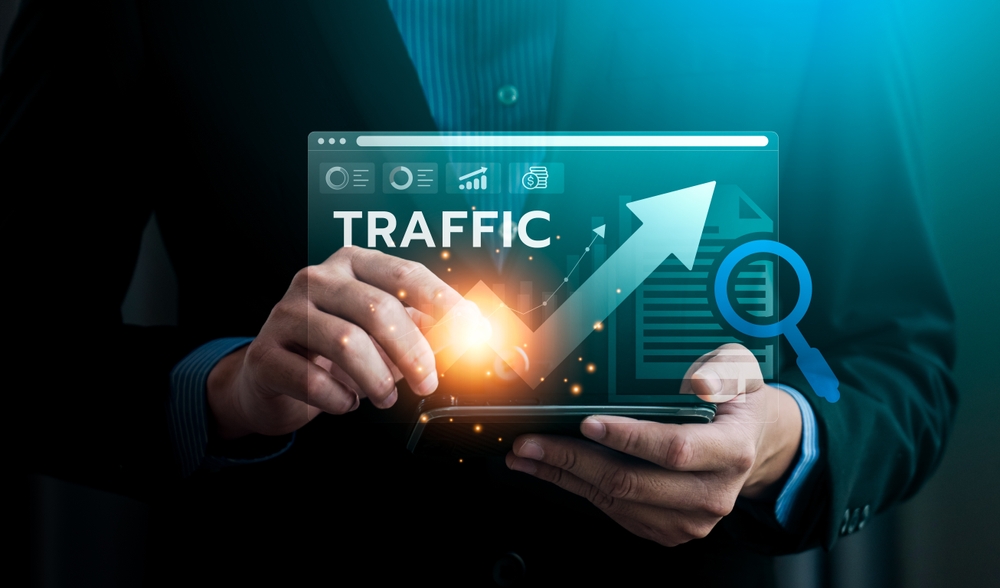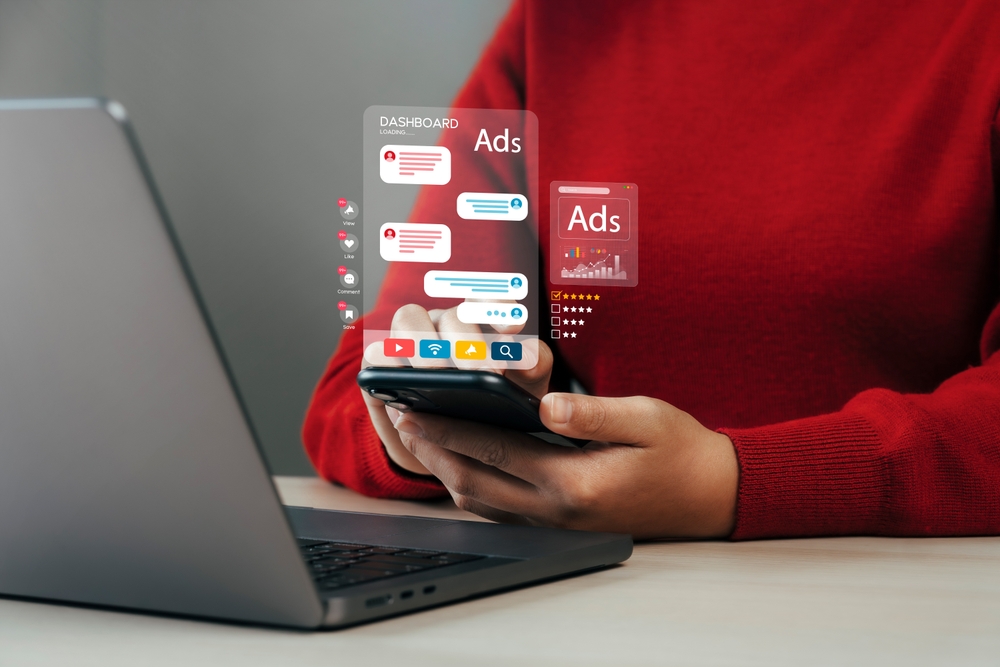Introduction
In today’s fast-paced digital world, businesses rely heavily on data to make smarter decisions. Digital marketing analytics plays a vital role in measuring performance, understanding audience behavior, and optimizing strategies for better results. Without analytics, marketing campaigns are like shooting in the dark—costly and ineffective.
Explores why analytics is essential in digital marketing, the benefits it provides, and how businesses can use it to build stronger strategies.
Why Analytics is Crucial in Digital Marketing
1. Tracking Campaign Performance
Analytics tools help businesses monitor the effectiveness of their digital campaigns. From click-through rates (CTR) to conversion rates, marketers can measure success in real time and identify what’s working.
2. Understanding Customer Behavior
By analyzing data such as page views, bounce rates, and time spent on site, businesses gain insights into customer preferences. This allows them to refine content, improve user experience, and create targeted campaigns.
3. Measuring ROI (Return on Investment)
One of the greatest benefits of digital marketing analytics is its ability to track ROI. Marketers can see exactly how much revenue is generated from each channel—whether it’s SEO, social media, PPC, or email campaigns.
4. Optimizing Marketing Strategies
With analytics, businesses can A/B test ads, landing pages, or emails to discover which version performs better. This continuous improvement cycle helps reduce wasted spend and maximize results.
5. Identifying New Opportunities
Analytics can reveal hidden trends and emerging markets. For instance, if traffic from mobile devices is increasing, businesses can prioritize mobile-first strategies to capture more customers.
Types of Analytics in Digital Marketing
-
Web Analytics – Tracks website performance using tools like Google Analytics.
-
Social Media Analytics – Measures engagement, impressions, and reach across platforms.
-
Email Analytics – Helps optimize open rates, click rates, and conversions.
-
SEO Analytics – Tracks keyword rankings, backlinks, and organic traffic.
-
PPC Analytics – Evaluates cost per click (CPC), ad performance, and conversion rates.
Benefits of Using Analytics
-
Data-driven decision making
-
Improved targeting and personalization
-
Reduced marketing costs
-
Increased customer satisfaction
-
Long-term brand growth

Tools for Digital Marketing Analytics
Some of the best tools businesses can use in 2025 include:
-
Google Analytics 4 (GA4)
-
SEMrush
-
HubSpot Analytics
-
Hootsuite Analytics
-
Kissmetrics
Conclusion – Importance of Analytics in Digital Marketing
The importance of analytics in digital marketing cannot be overstated. By leveraging data, businesses can make informed decisions, optimize strategies, and achieve long-term success. Whether you are a small business or a large enterprise, using the right analytics tools ensures that your marketing efforts deliver maximum impact.
Explore more related articles to deepen your understanding
Best Fonts for Branding: Create a Lasting Visual Identity
SEO Content Writing: A Complete Guide for BeginnersDoes Google use Cloudflare
Content Writing Basics: A Beginner’s Guide to Effective Writing

